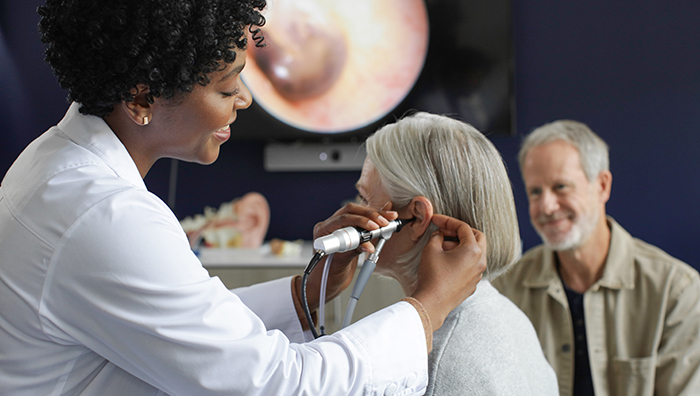How do I know if my hearing is at risk?
According to the Centers for Disease Control and Prevention, exposure to sounds 85 decibels (dB) and above can damage your hearing.
The louder or higher decibel the sound is, the less exposure time is required for hearing loss to occur.
This chart shows examples of sounds with decibel levels ranging from 40 dB to 140 dB, and the amount of exposure time necessary to put your hearing at risk.
If you’re unsure whether the noise you’re being exposed to exceeds 85 dB, many smartphone apps — like Starkey’s free SoundCheck app — let you measure decibel levels in real time.
140dB
Gunshot, Jet Engine at Takeoff
Immediate danger to hearing
125dB
Air Raid Siren, Firecracker
Pain threshold
120dB
Rock Concert, Sandblasting
Risk of hearing damage in 7 minutes
115dB
Baby's Cry, Jet Ski
Risk of hearing damage in 15 minutes
110dB
Snowmobile in Driver's Seat
Risk of hearing damage in 30 minutes
105dB
Jackhammer, Helicopter
Risk of hearing damage in 1 hour
100dB
Chain Saw, Stereo Headphone
Risk of hearing damage in 2 hours
95dB
Motorcycle, Power Saw
Risk of hearing damage in 4 hours
90dB
Lawnmower, Truck Traffic
Risk of hearing damage in 8 hours
85dB
Beginning of OSHA Regulations
70dB
Busy traffic, Vacuum Cleaner
60dB
Conversation, Dishwasher
40dB
Quiet Room


